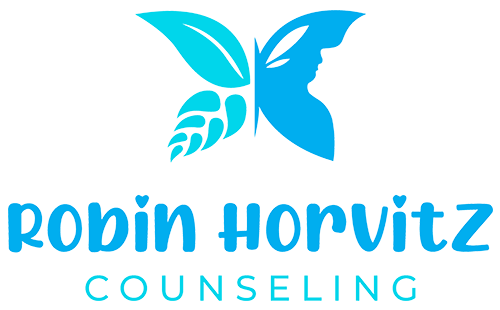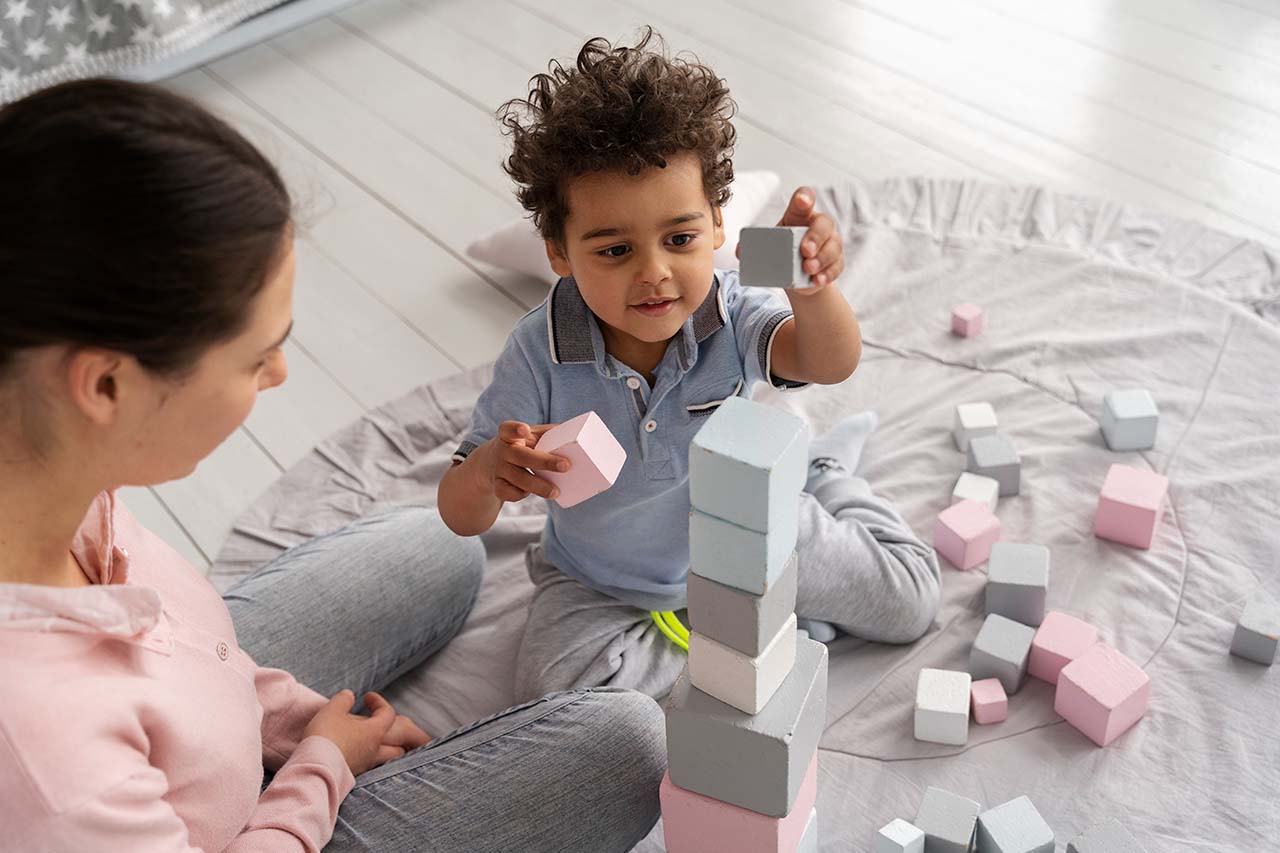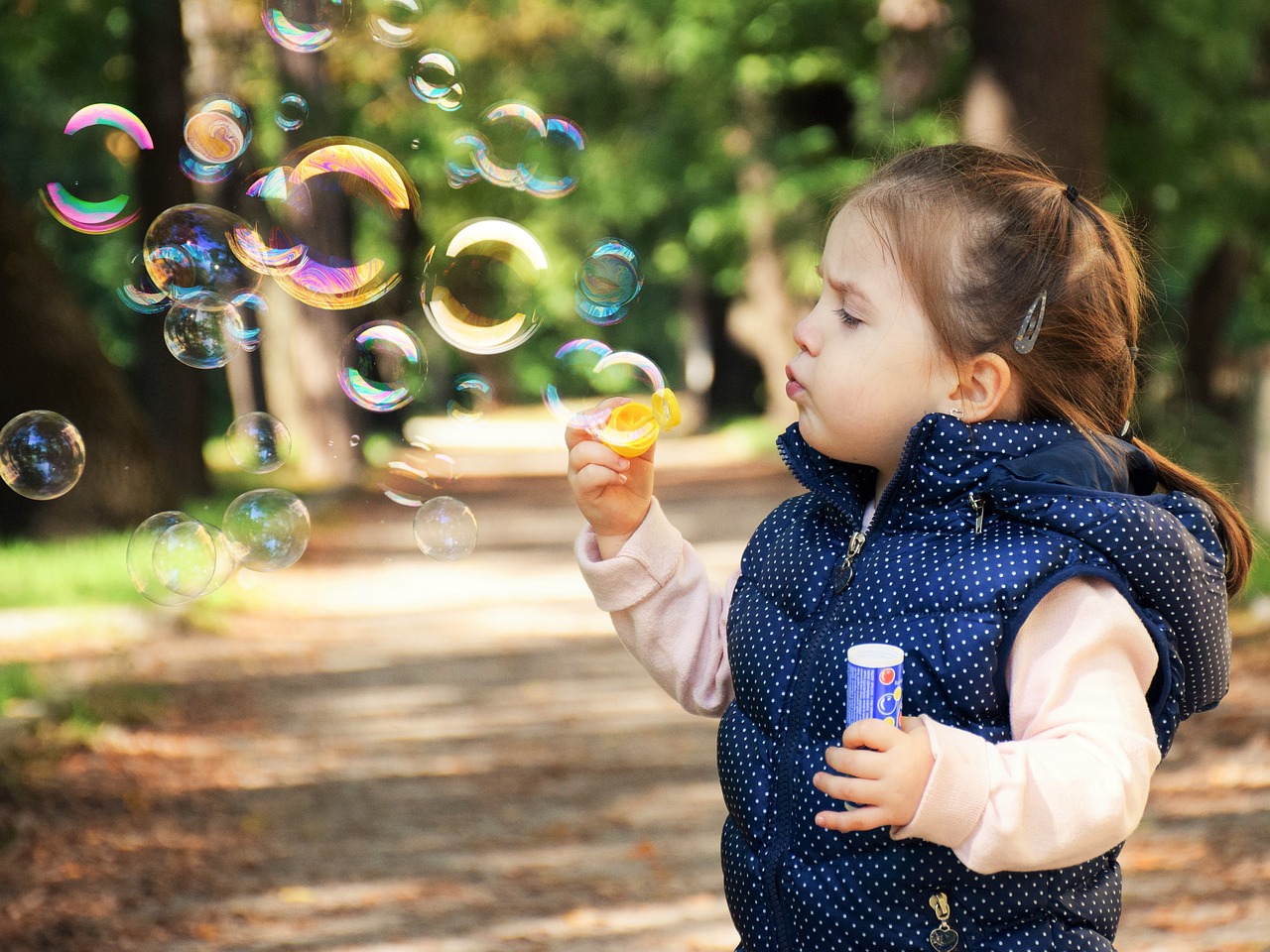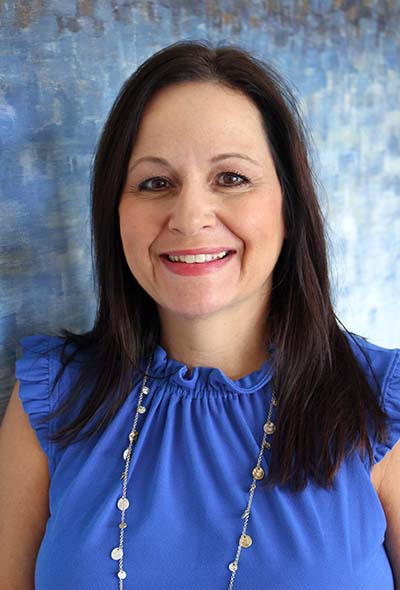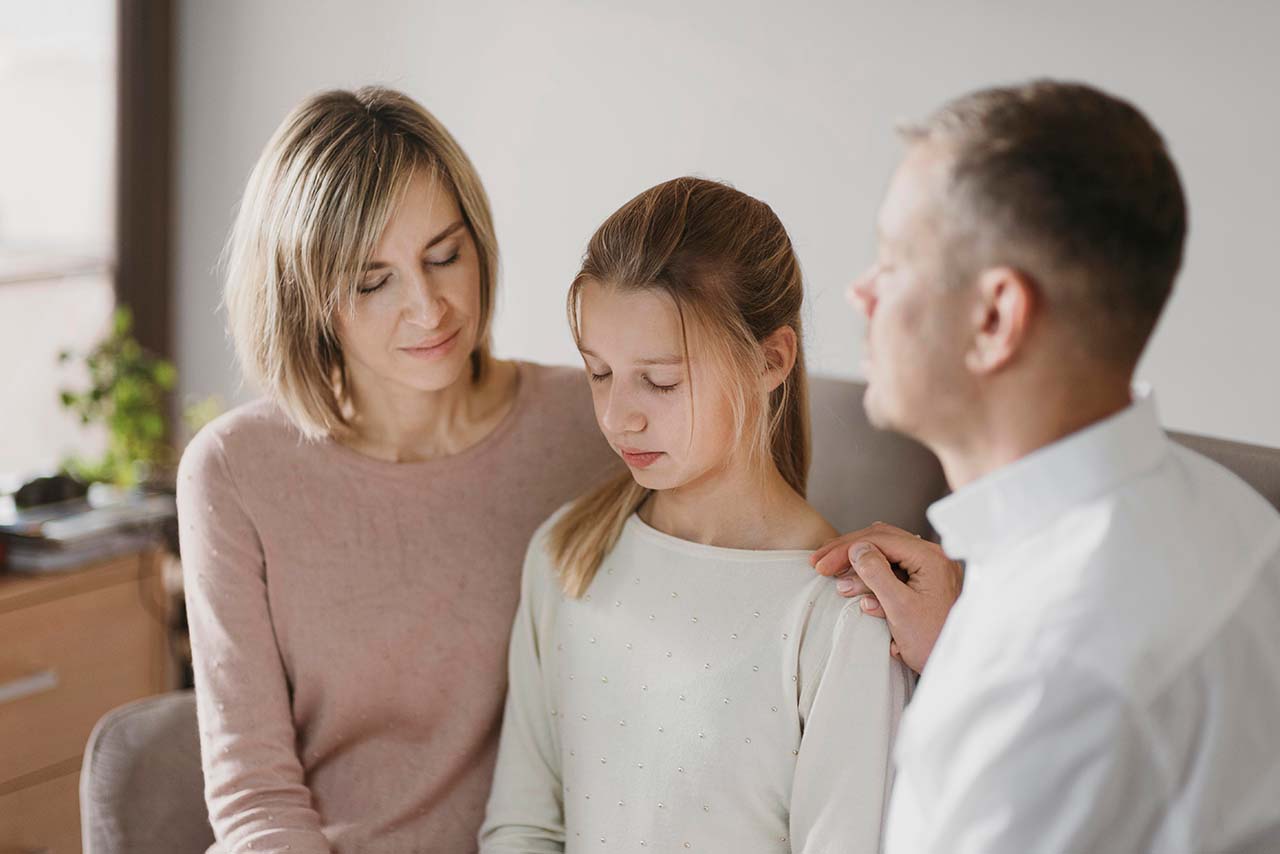
From Legal Briefs to Legos: Helping Children During Divorce
As a former family law attorney and now a child therapist, I have had the opportunity to see divorce from two very different perspectives. In my previous career, I sat next to parents in courtrooms as judges made huge decisions affecting their lives. Now, I sit beside children on my playroom floor, helping them make sense of these decisions.
What I have learned is that divorce doesn’t have to cause long-term damage to a child. How the divorce is handled can make a huge difference in a child’s well-being.
Divorce is a legal process- but also an emotional one
In family law, we talk about timesharing, parenting plans, and parental responsibility. However, these legal terms do not reflect what a child really goes through when their parents divorce, such as:
Children don’t have the tools to express their feelings the way adults might. Children show their emotions through changes in behavior, sleep disruptions, or physical complaints, like stomachaches. It is important to recognize these signs early to help children adjust in healthy ways.
What I wish parents knew during divorce
Through both of my careers, I have gained valuable insight into the legal and emotional sides of divorce. Here are some things I have learned:
The purpose of court is to resolve disputes between people, not to help people with emotions. While judges do their best to take emotions into account, they are bound by paperwork, time, and the law. Families, especially children, do better receiving emotional support outside the courtroom.
Research shows it is not the divorce itself, but how parents treat each other during a divorce, that has the most impact on a child’s well-being. When parents work together and treat each other with respect, even in the midst of a divorce, children adjust better.
When they aren’t given the truth, children often create their own stories. It is important to be honest, yet gentle, with children when discussing the divorce. A simple, clear explanation such as “We are not getting along and decided to live in separate homes so we can be better parents”- can go a long way.
Some children heal quickly after a divorce, while others may hold in their feelings for months. Therapy offers children a safe space to explore their feelings at their own pace- through play, games, art, and simply being heard.
Whether children are coping with one home, two homes, or changes in schedules, what matters most is that kids know they are safe, loved, and heard in both spaces. It is important to offer children predictability and open communication to anchor them through the changes.
How therapy can help
Often, parents wait until their child is demonstrating significant changes in behavior before they bring their child to therapy. However, therapy can be used in a preventative manner to help children understand divorce and develop skills to help them adjust to the ongoing changes in their lives.
As a child therapist:
Final thoughts
In the legal world, divorce can feel adversarial. In my office, it doesn’t have to be. When parents focus less on winning and more on connecting with their kids and coparenting effectively, children not only survive a divorce- they thrive.
As someone who has navigated the courtroom and now helps children on their healing journey, I can confidently say: the best outcomes don’t come from a judge’s order. They come from a deep connection from both parents, honesty, and emotional support- even when it may be hard.
If you are navigating divorce and wondering how to support your child, you don’t have to do it alone. Therapy can help — and I am here when you are ready. I offer divorce support services for residents of Broward and Palm Beach Counties, including Coconut Creek, Parkland, Coral Springs, and Boca Raton. I also offer telehealth therapy throughout the state of Florida.
